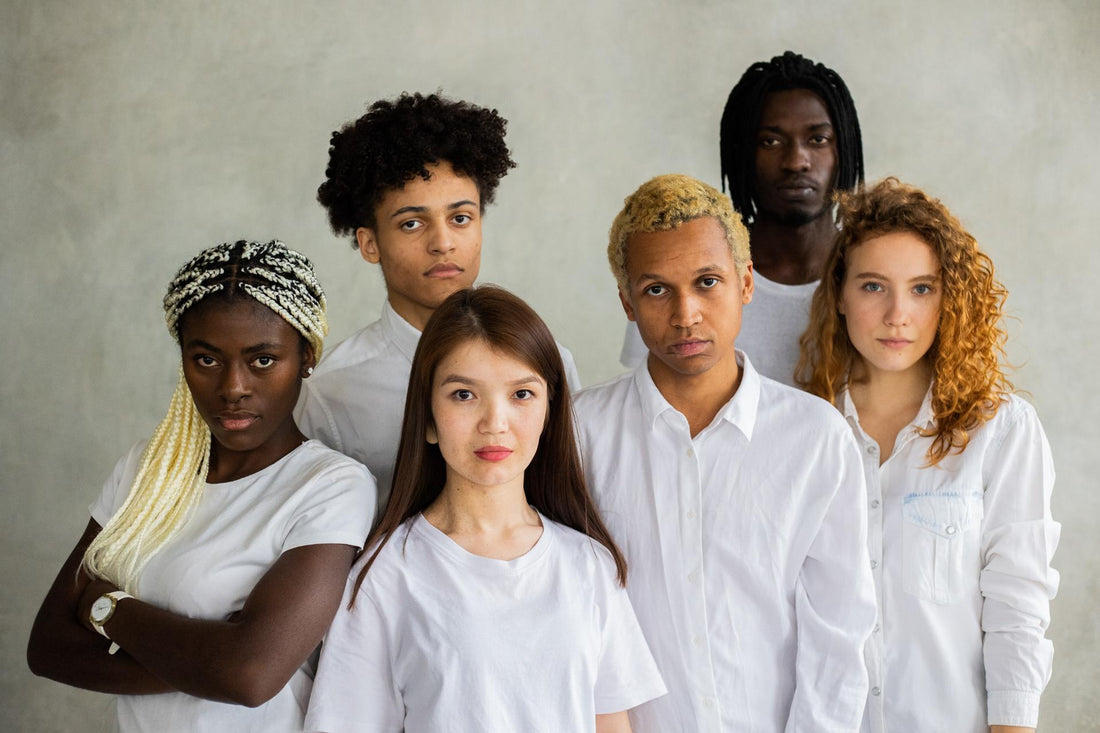
What is cisnormativity - DYKKA.com
Share

“You can’t say women menstruate, that’s cisnormative!” You may have come across this or a similar sentence* and wondered what the poet meant by it. But cisnormativity is not a literary term — it refers to the situation where we take cisgender people (i.e. those who are not trans*) as the only right ones , and ignore or consider those who are not cis as wrong. Similar to when we automatically assume that people live in heterosexual relationships (=heteronormative) .
Examples of cisnormativity
Above we have shown*y one example of cisnormativity: the idea that all women and only women menstruate (because transgender women cannot menstruate, not even all cisgender women, and some transgender men or non-binary people can). But cisnormativity also looks like this:
- The idea that everyone is cis. When we meet someone and they introduce themselves as a man or a woman, we usually assume that they have been perceived as male or female since birth. For us to start perceiving them as transgender, the person would have to come out.
- The expectation that women have certain sexual organs and men have others . We usually assume that every woman has ovaries, a uterus, a vagina, and a vulva, and that every man has a penis and testicles. When a man or woman deviates from this idea, they are suspicious or unaccepted by others. And if a person is nonbinary or intersex, they are faced with the question of what they have between their legs.
- Ignoring non-binary people . The 21st century in Central Europe still does not take into account that there are people other than men and women.
Why is cisnormativity a problem?
If society denies our existence, it is difficult to function in it. Cisnormativity makes life difficult for trans* people and prevents them from accessing healthcare (if healthcare professionals don't take non-cis people into account, it is difficult to help them), living without prejudice , and overall acceptance .
How to fight cisnormativity?
Although it may seem like cisnormativity is so widespread that any fight against it is a lost cause, that's not the case . Each of us has the opportunity to make the world more inclusive for trans* people, for example in these ways:
- By not assuming that others are cisgender unless they themselves identify as such.
- We will support the visibility of non-cis people, for example by sharing news about them on social media.
- When we see an example of cisnormativity somewhere, we point it out.
